#common knapweed
Explore tagged Tumblr posts
Text



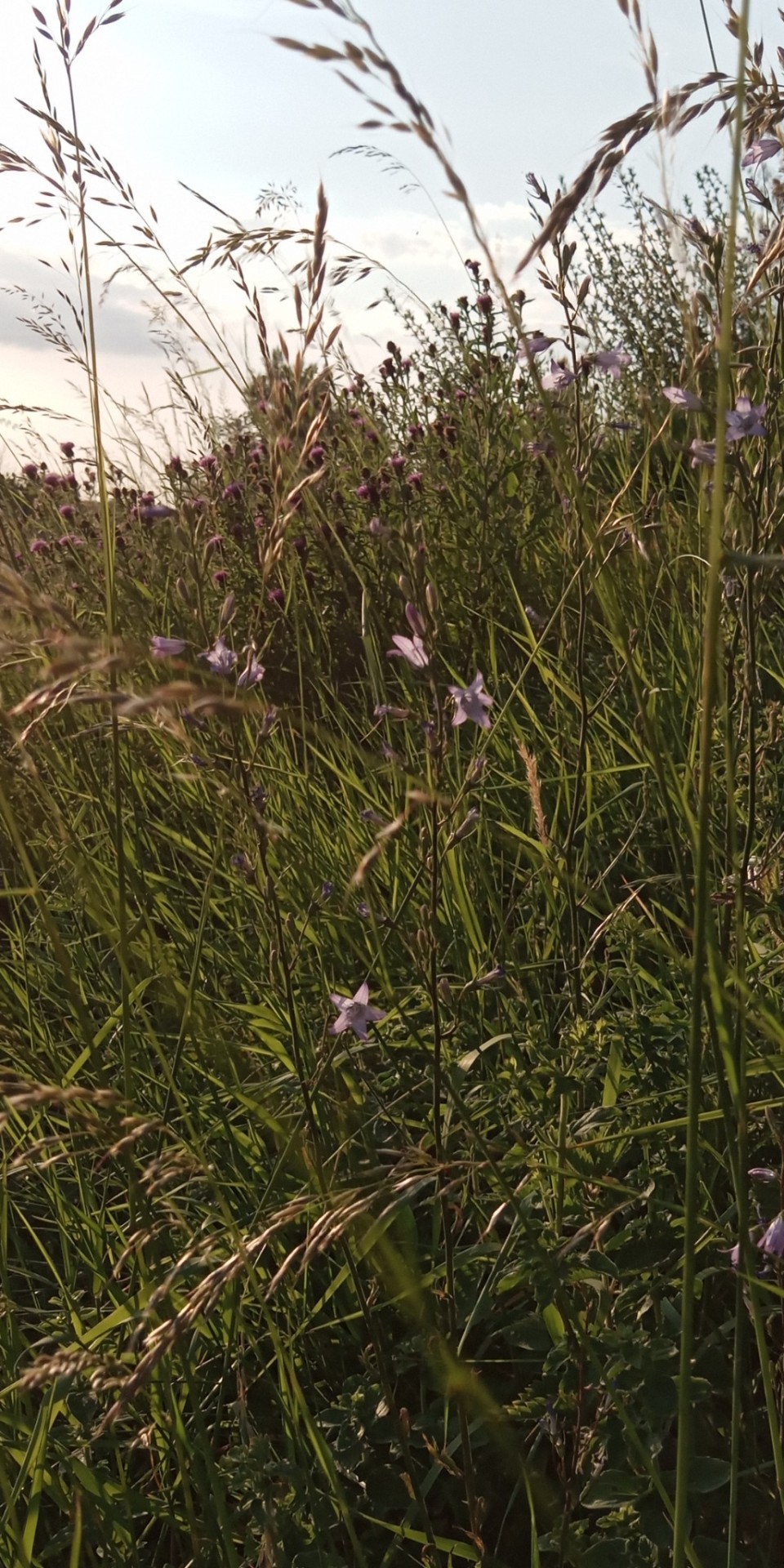
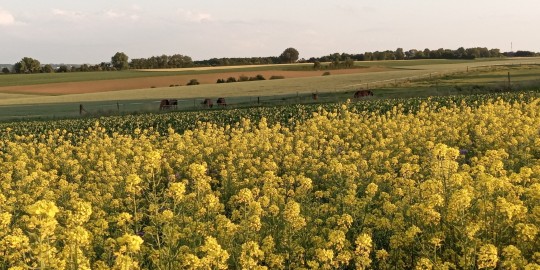





#my pictures#walk#june#summer#seasonal#fields#landscape photography#landscapes#plant photography#plant pictures#dog rose#rapeseed#elderflower#elder tree#roses#rapunzel#rampion bellflower#creeping bellflower#wildflowers#clouds#sunlight#sunset#of night and light and half light#hey it's me posting pictures of plants again#common knapweed
16 notes
·
View notes
Text
Common Knapweed #wildflowers
Centaurea nigra. Picture taken September 2. #plants #nature #naturephotography #woods #plant #wildflower #knapweed

View On WordPress
3 notes
·
View notes
Text
Knapweed bonanza: insect biodiversity in a fallow field
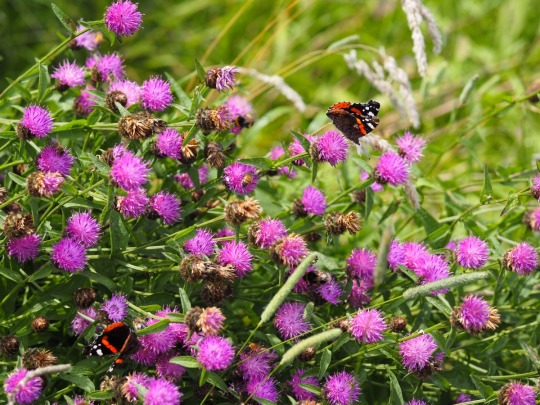
View On WordPress
#Bedfordshire#Biodiversity#Bumblebees#Butterflies#Cirsium arvense#common knapweed#creeping thistle#Fallow field#Honey bees#insect abundance#insect declines#insect diversity#knapweed#meadow#set aside
5 notes
·
View notes
Text


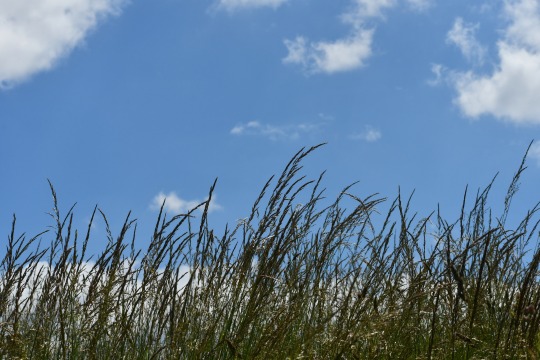
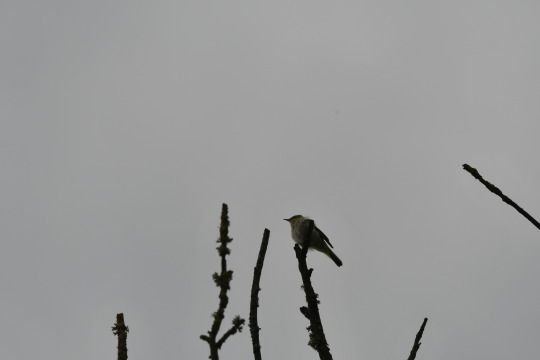

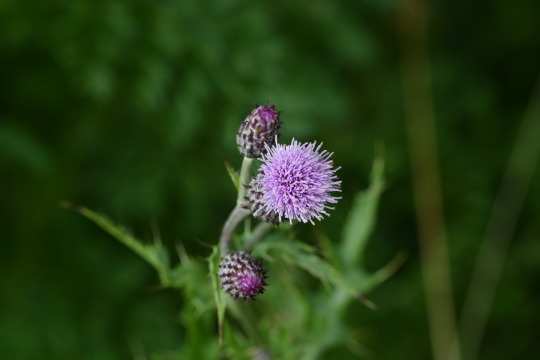
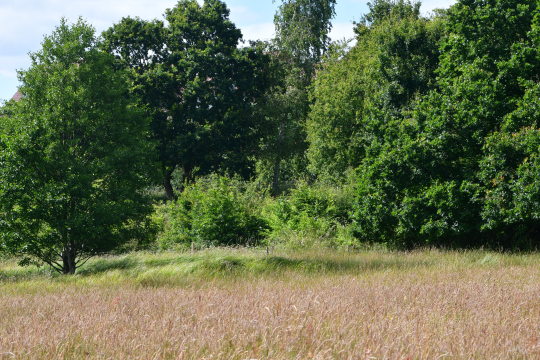
22/06/24-Garden loosestrife, view, Chiffchaff and my first Comma butterfly of the year at Testwood Lakes and Common Tern, creeping thistle and view at Lakeside Country Park
It was thrilling to be transfixed by watching fishing Common Terns at both, expected at this time of year at Testwood Lakes I saw young there too a reserve it's been great to re-connect with this year but once in a blue moon for Lakeside. The Comma was another standout sighting today and better late than never, it's the second longest I've waited to see one in a year behind 2018 when I saw my first of the year on 24th June, a species that is usually within the first few I see in a year in spring. A very pleasing sighting as it become my 30th butterfly species seen this year. Other highlights at Testwood Lakes were Little Ringed Plover, Sand Martins, Grey Herons including being mobbed by the terns, Green Woodpecker, Red Admiral, Golden-ringed Dragonfly, Blue-tailed Damselfly, knapweed, marsh bedstraw, yellow pimpernel and red campion. At Lakeside I also enjoyed seeing my first tufted vetch and hemp agrimony of the year, bee orchid, pyramidal orchid, bindweed, Great Spotted Woodpecker, Moorhen, Great Crested Grebe, Lesser Black-backed Gull, Ringlet and Meadow Brown with Black-tailed Skimmer, Large Skipper, Marbled White, bird's-foot trefoil and pineappleweed enjoyed at both.
#photography#common tern#common darter#black-tailed skimmer#comma#birdwatching#butterflies#knapweed#outdoors#happy#testwood lakes#totton#eastleigh#lakeside country park#hampshire#england#uk#world#nature#saturday#weekend#summer#june#large skipper#marbled white#green woodpecker#great spotted woodpecker#sand martin#pinappleweed#europe
3 notes
·
View notes
Note
what plant would dryad hunter be?
part of me wants to say he's a dandelion (stubborn AF, grows everywhere, most people want to get rid of it but some think it's pretty and welcome it, most common use can be seen as "destruction" when you use it to make a wish ik ik it's how the seeds spread just sit with me for the metaphor of being torn apart)
but spotted knapweed is another contender
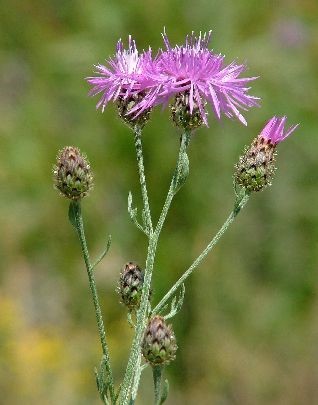
#anon#t$$ hunter#as a dandelion appreciator i think the wish making thing is sooooo funny#a lot of people want to get rid of dandelions but there's a whole cultural thing of spreading their seeds everywhere#what is that?#dandelion propaganda?#did the dandelions make up that myth??
9 notes
·
View notes
Text
June
Skies
The summer solstice falls this month, during which the sun will be at its highest (its zenith) and most northerly point (and the moon will be at its lowest point, making for some wonderful viewing as the moon appears larger when its near the horizon). The sun will seem to stand still, maintaining the same rising and setting points for a few days before those points start to shorten once more, bringing us slowly into the darker portion of the year.
Contrary to the increased sunshine and temperatures of summer, during the summer solstice the sun is in fact at its furthest point from the Earth. The summer solstice however, marks the point of the year where the northern hemisphere is tipped entirely toward the sun, hence summer. Aren't we lucky it's not the other way around?
At this time of year the sky doesn't become fully dark, with the "dark" portions of the night being in twilight. This makes for poor viewing conditions, particularly in the southern sky, but the brightest objects will still stand out.
What we lack in these bright skies is made up for by noctilucent clouds, otherwise known as night shining clouds. These are observable after sunset and can be seen as distinct patterns of silvery-blue or electric blue in the northern sky. Noctiluscent clouds are formed from ice crystals and dust particles very high up in our atmosphere. They are seen at this time of year because the right conditions are met between the thermosphere and mesosphere to create them in the first place, as well as the right lighting conditions, whereby the surface of the Earth is in shadow but the clouds are still in sunlight, ensuring they are lit up.
In the northern sky, the Big Dipper is moving into its summer position, and Leo is descending towards the horizon beneath it.
The "Summer Triangle" a trio of stars including Vega in Lyra, Altair in Aquila and Deneb in Cygnus, is on display. These three bright stars are an asterism that form a triangle. In June, the Summer Triangle is well above the horizon in the east.
Looking south, you can find the constellations of Virgo and Libra. Using one of the two sides of Virgo once you've found it (remember you can trace the brightest star in the more conspicuous Boötes, Arcturus, to the bright and blue Spica in Virgo) you'll find you can trace these stars to the two stars that form the triangle in Libra. To the east of Libra is Scorpio, which has a straight head facing Libra with the line of its body curving behind it.
Drawing a curved line from the most south-eastern arm of Hercules, you'll find the star Rasalhague in the constellation of Ophiuchus. Ophiuchus looks quite like Cepheus in that it could be compared to the gable end, or a child's drawing, of a house. Ophiuchus looks like a taller house than Cepheus. On either side of Ophiuchus are a chain of stars in two parts, Serpens Cauda and Serpens Caput.
Plants
Bilberries, elderflower, gooseberries, march samphire wild thyme and wild strawberries are all on their respective trees/bushes.
Dog-rose, honeysuckle and wild carrot flowers from now through to August.
Broadleaf plantain, clover, common figwort, foxglove, knapweed, poppy and rosebay willowherb flowers from now through to September.
Broad-leaved dock, burdock, feverfew and fennel flowers from now through to October.
Many grasses flower, such as goosegrass, which flowers from now through August.
Fruit trees such as apple trees experience the "June drop," which occurs as trees shed some fruit. Trees are incapable of physically supporting 100% of, and do not have the energy for, the fruit it initially grows so this shedding is natural and necessary.
Galls appear on many trees. These are swellings on the branches, leaves and fruit of trees caused by infections or the invasion of larvae, This time of year they are created by the gall wasp, which create them to foster their larvae.
Animals
The chicks of many bird species are fledging. While fledglings are the same size as adult birds when they leave the nest, they tend to be less colourful and are generally scruffier looking. Their heads also look 'young,' they might, for example, appear to have wider or longer beaks or longer necks, which is the result of them not having their adult feathers yet. They may behave a little awkwardly too, as BirdwatchIreland puts it: "Juvenile birds might be a bit noisier (calling to their parents), might flap their wings rapidly to beg for food, and might be a little less fearful of humans than their grown up counterparts."
Froglets and toadlets emerge and will seek good ground cover and shade.
Turtledoves arrive from their breeding grounds in south of the Sahara to parts of England, Wales and in fewer numbers to Ireland and Northern Ireland.
Cuckoos head back to Africa. They spend some time in fertile areas of Italy (as they also no on their northward journey) before taking the next leg of their journey. Hearing a cuckoo after midsummer was traditionally thought to be a bad omen as it was supposed to indicate a late season which may affect the weather and harvest.
Many moths and their larva are active.
Painted lady and red admiral butterflies migrate to British and Irish shores, having, technically, come from Africa. I say technically because, in the case of Painted ladies, the journey is taken by in "a series of steps by up to six successive generations." They will also migrate south in the autumn and undertake the same multi-generational migration in reverse.
Further Reading / Listening / References
The Almanac 2024 and 2025 by Lia Leendertz
As the Season Turns (podcast) by Lia Leendertz, June 2024 and 2025
Birdwatch Ireland "Garden Birds - Identifying Fledgling Birds and Their Parents" https://birdwatchireland.ie/irelands-birds-birdwatch-ireland/garden-birds/fledglings-and-their-parents/
British Ecological Society "Painted lady’s roundtrip migratory flight is longest recorded in butterflies" https://www.britishecologicalsociety.org/painted-ladys-butterfly-migratory-flight/
The Joy of Weeds - A celebration of WIld Plants by Paul Farrell
Manx Sky at Night (Podcast), June 2025 (June Episode aired in May)
The Night Sky Collins Wild Guide by Storm Dunlop (2004 edition)
Night Sky Almanac 2025 by Radmila Topalovic, Storm Dunlop and Wil Tirion
Step Into Nature by Rachel Mc Kenna
The Tree Almanac 2024 and 2025 by Gabriel Hemrey
Folkways Podcast (Podcast), June 2023 Almanac and June 2022 Almanac
3 notes
·
View notes
Text

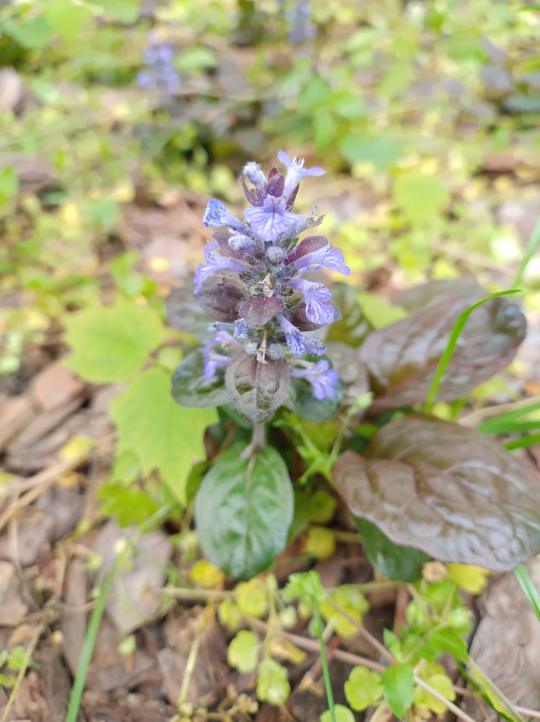
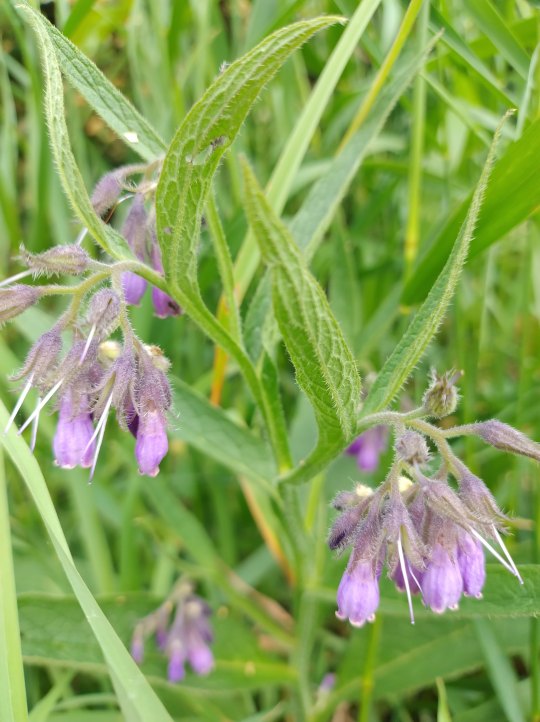
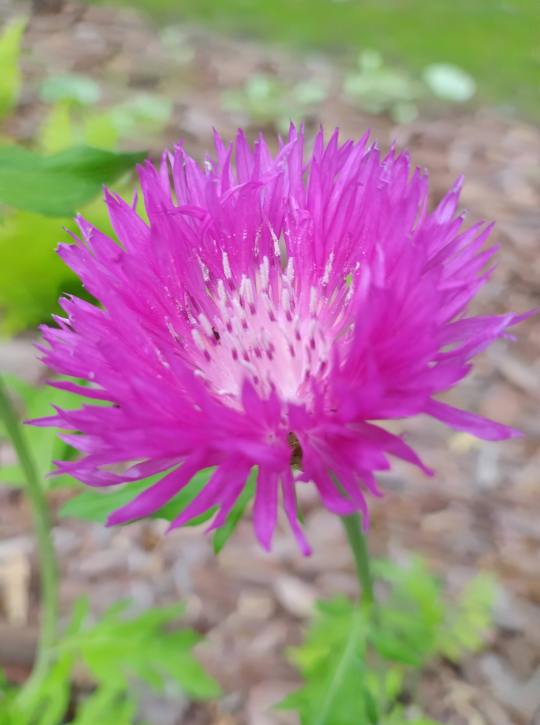
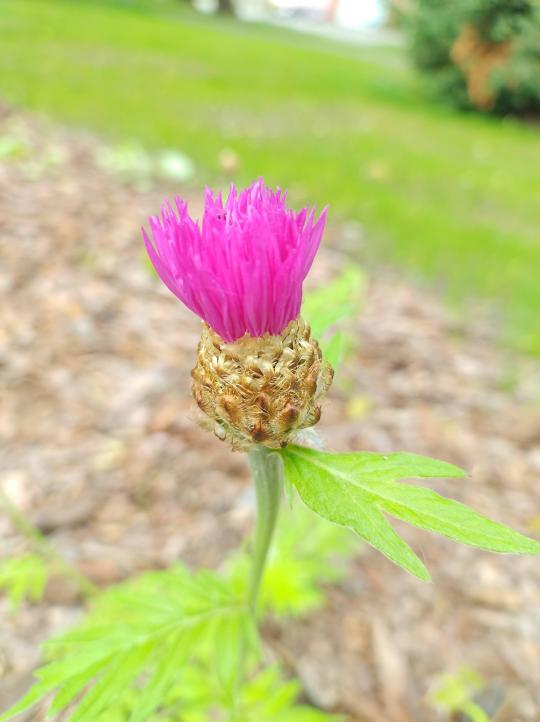
Common Bird's-foot Trefoil (Lotus corniculatus), Common Bugle (Ajuga reptans), comfrey/knitbone (Symphytum officinale), and something I'm pretty sure is some kind of Astraceae flower? Some kind of Centaurea I'd say, though the flower feels too full for greater knapweed (Centarea scabiosa), which I'd expect it to be. so just. I'll leave this one un-ID'd.
(I'm deciding these IDs with the help of kvetenacr.cz. there might be some slight inaccuracies, as I haven't done this in a while.)
May 2024
#i CAN'T BELIEVE I almost flubbed IDing knitbone. my game has dropped significantly#I remembered it as soon as I opened this post but fhakjs. at least there's that#flowers#photography#2024#may#spring
4 notes
·
View notes
Text
I love identifying wild flowers on walks, it makes me feel like I'm in a fantasy novel? Greater knapweed, common ragwort, field thistle, purple loosestrife - you can't tell me these don't sound like the ingredients in some magical ointment the village elder would feed you
10 notes
·
View notes
Text
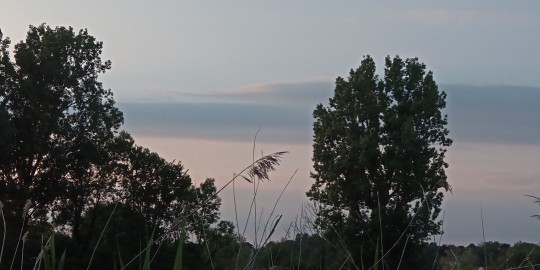
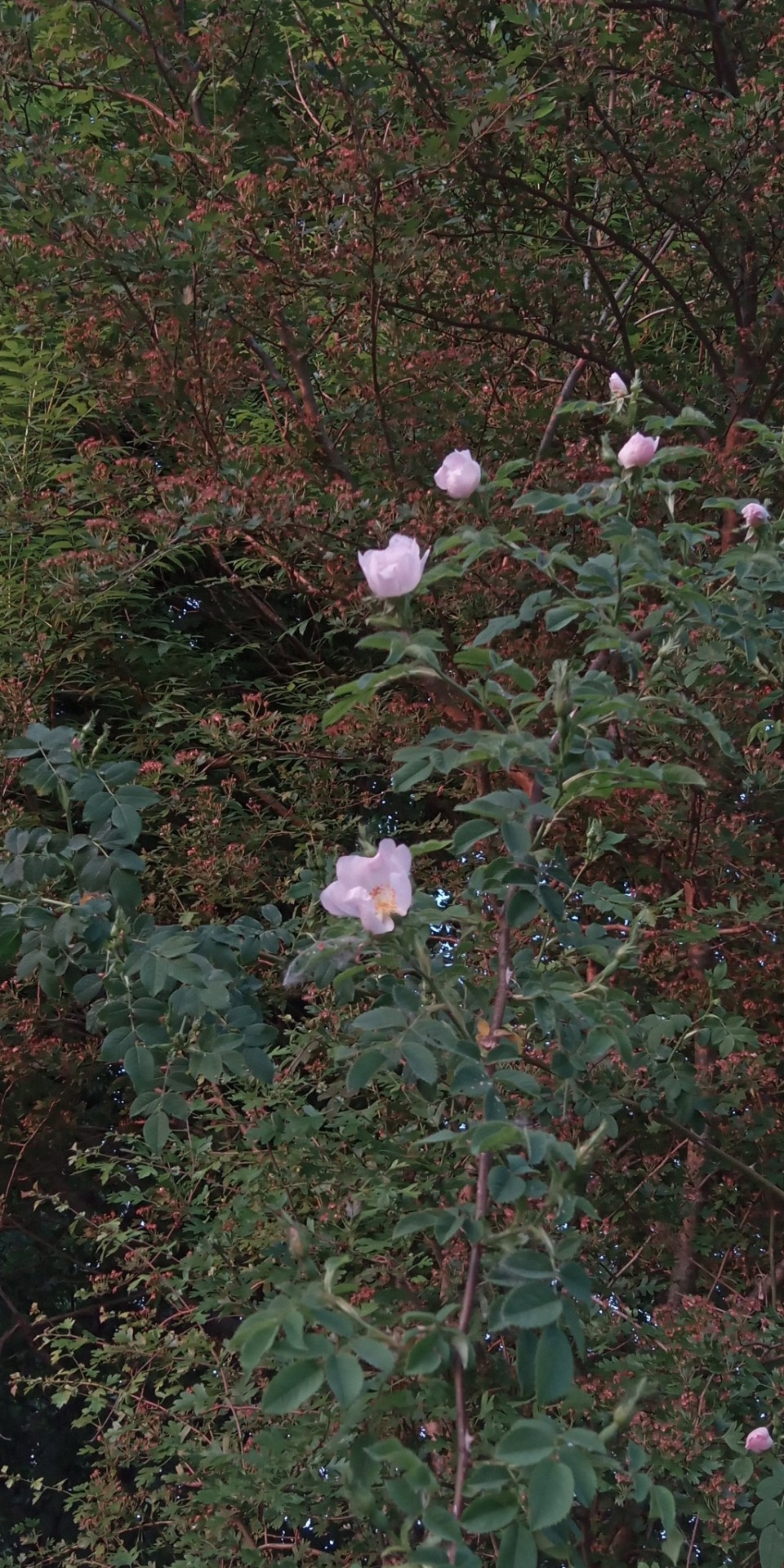
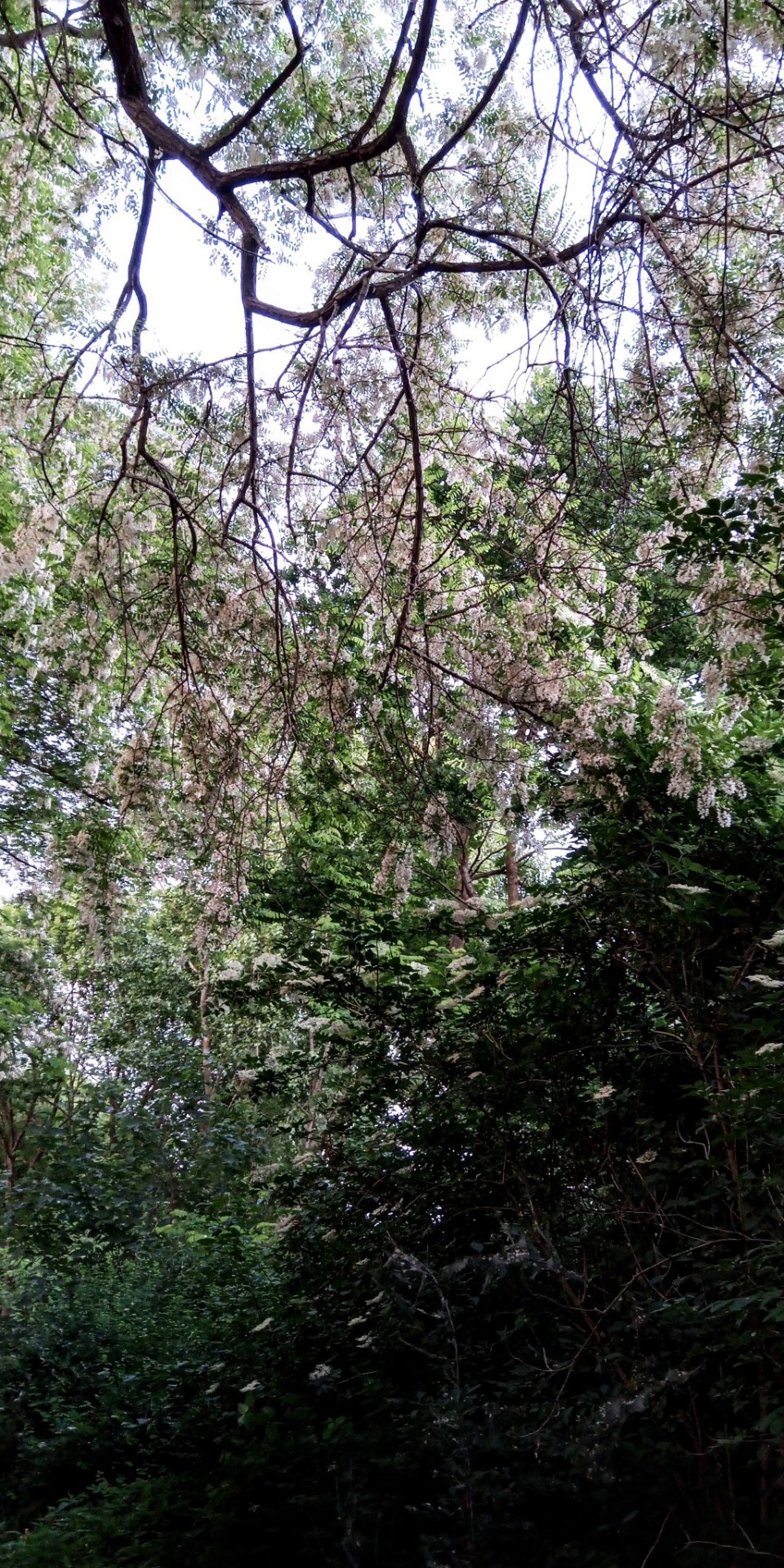

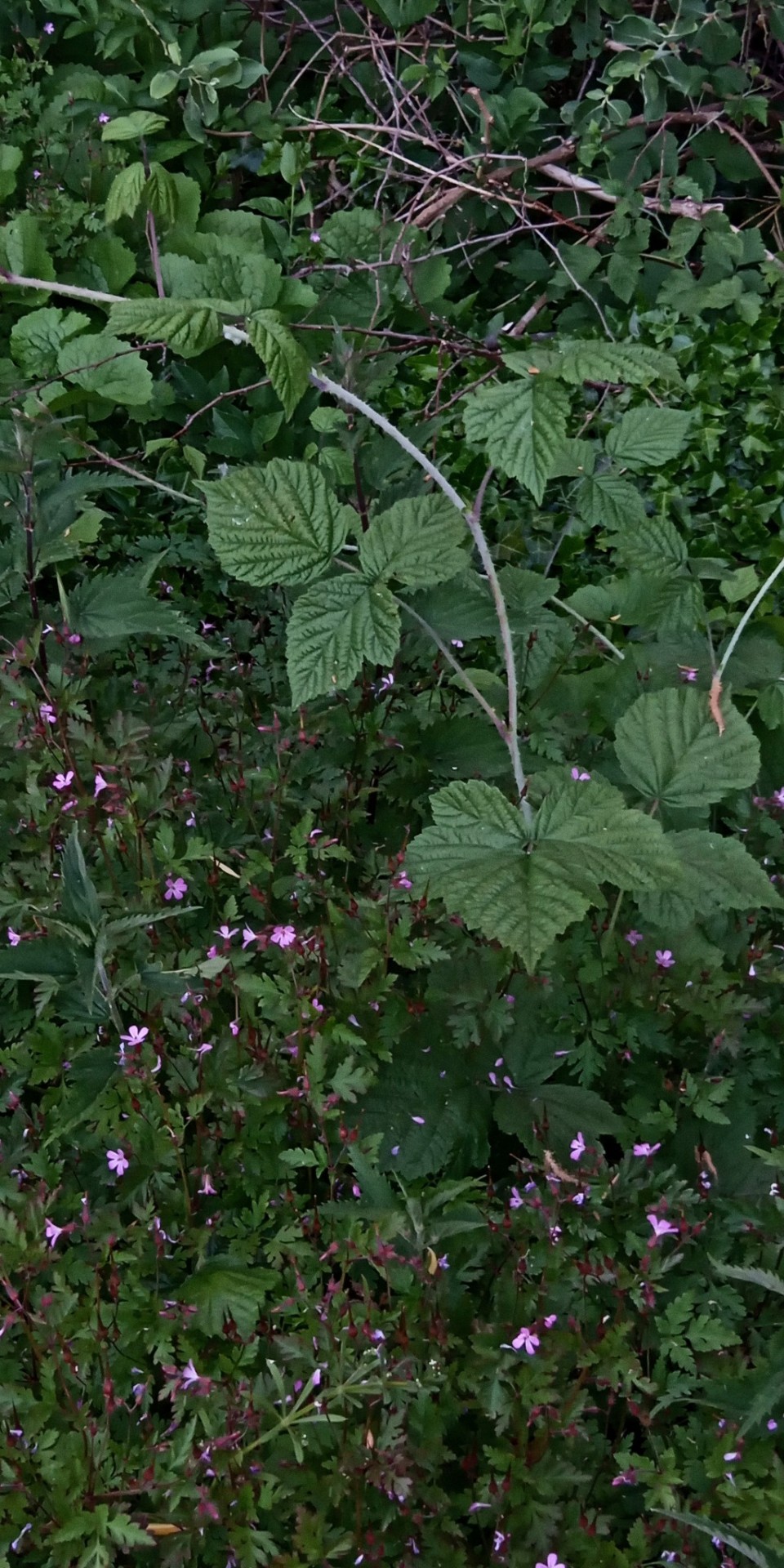
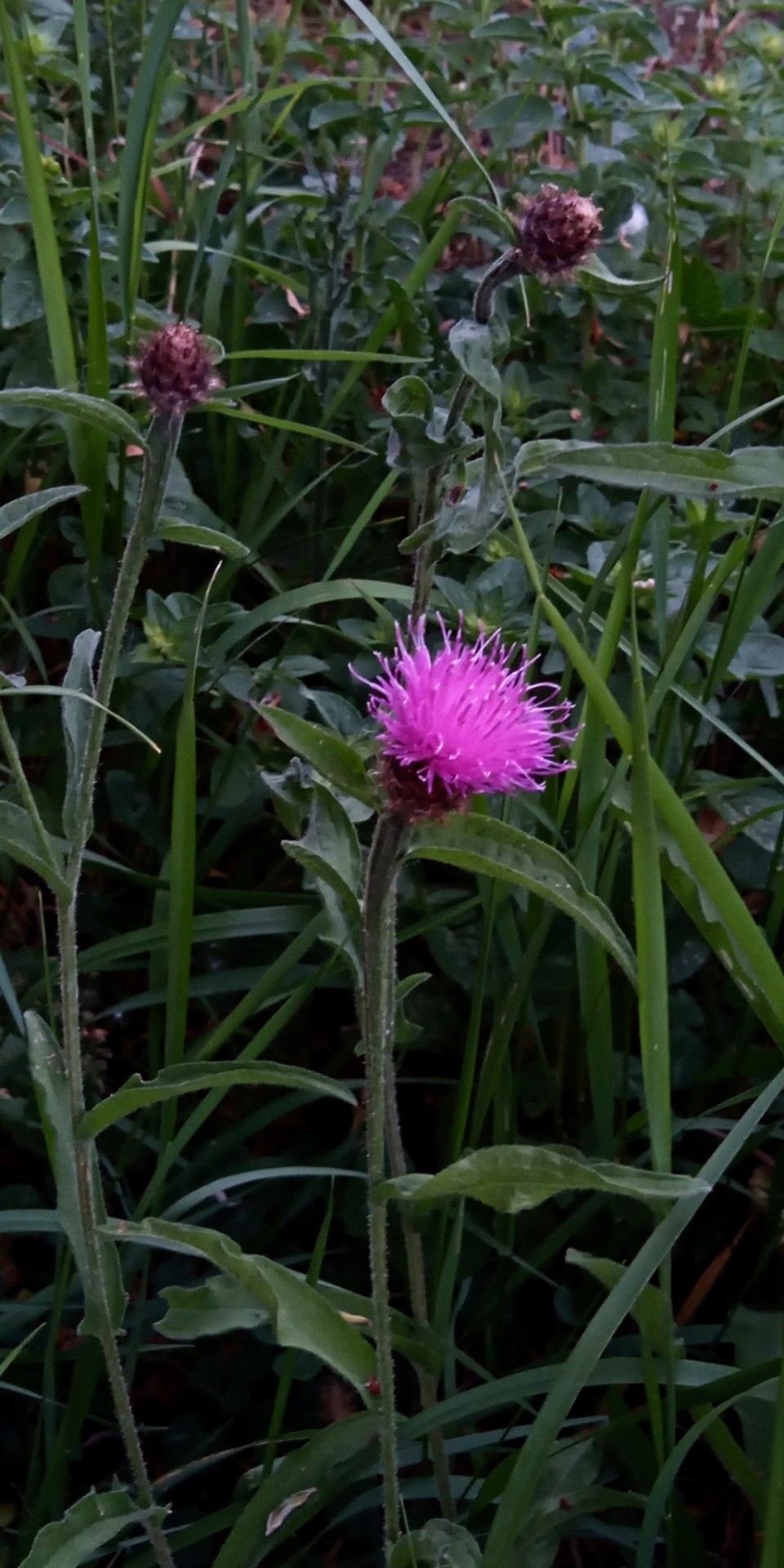
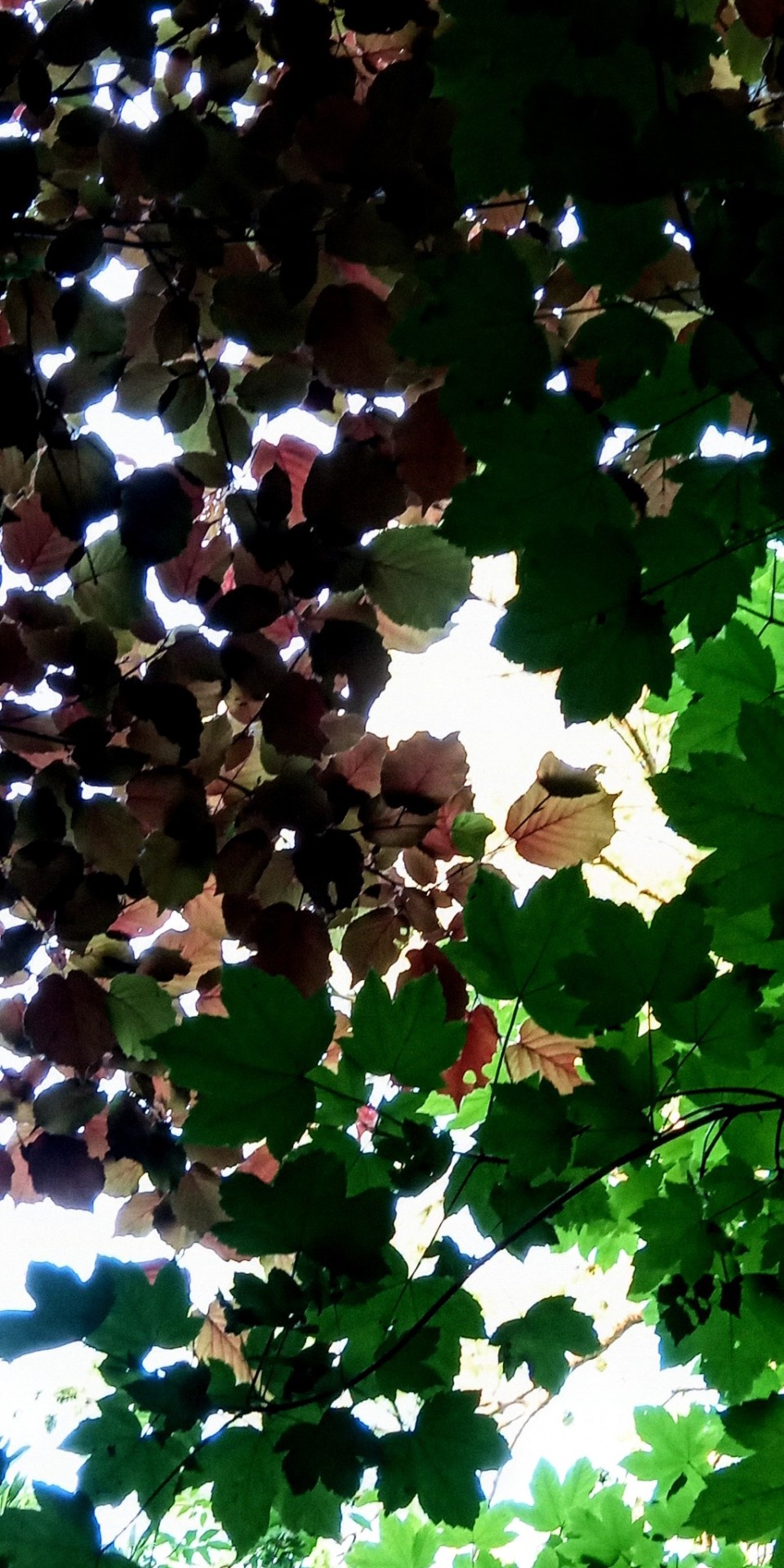


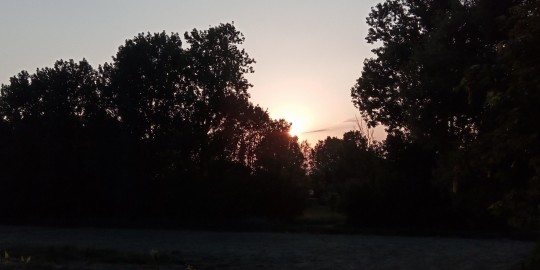
#my pictures#walk#landscape photography#may#plant photography#sky photography#landscapes#sky pictures#plant pictures#herb robert#dog rose#cherry tree#reeds#centaurea#robinia#false acacia#black locust#hawthorn#trees#of night and light and half light#sunset#evening sky#hey it's me posting pictures of plants again#common knapweed
7 notes
·
View notes
Text
Back on my hyperfixation shenanigans so I have not slept and here's a list of what I consider to be the prettiest beetles, butterflies and moths, damselflies, and grasshoppers and crickets that inhabit Colorado and Kentucky according to insectidentification.org :
COLORADO
Emerald ash borer (Agrilus planipennis)
Fifteen-spotted lady beetle (Anatis labiculata)
Golden tortoise beetle (Charidotella sexpunctata)
Knapweed root weevil (Cyphocleonus achates)
Longhorn beetle (Semanotus amethystinus)
Dogbane Leaf Beetle (Chrysochus auratus)
European Ground Beetle (Carabus nemoralis)
Golden Net-wing Beetle (Dictyoptera aurora)?
Margined Blister Beetle (Epicauta funebris)
May Beetle - P. lanceolata (Phyllophaga lanceolata)
Mottled Tortoise Beetle (Deloyala guttata)
Pleasing Fungus Beetle (Gibbifer californicus)
Poplar Borer Beetle (Saperda calcarata)
Shining Leaf Chafer - Anomala spp. (Anomala spp.)
Signate Lady Beetle (Hyperaspis signata)
American Lappet Moth (Phyllodesma americana)
Cinnabar Moth (Tyria jacobaeae)
Common Checkered-Skipper (Pyrgus communis)
Glover's Silkmoth (Hyalophora columbia gloveri)
Great Ash Sphinx Moth (Sphinx chersis)
Autumn Meadowhawk (Sympetrum vicinum)
Black Saddlebags Skimmer (Tramea lacerata)
Bird Grasshopper (Schistocerca spp.)
Obscure Bird Grasshopper (Schistocerca obscura)
Sooty Longwing Katydid (Capnobotes fulginosus)
KENTUCKY
Andrew's Snail-eating Beetle (Scaphinotus andrewsii)
Black Firefly (Lucidota atra)
Calligrapha Beetle (Calligrapha spp)
Eastern Hercules Beetle (Dynastes tityus)
Emerald Euphoria Beetle (Euphoria fulgida)
Glowworm (Phengodes spp.)
Goldsmith Beetle (Cotalpa lanigera)
Metallic Wood-boring Beetle: Chalcophora (Chalcophora fortis)
Notched-mouth Ground Beetle (Dicaelus purpuratus)
One-spotted Tiger Beetle (Apterodela unipuncata)
Rainbow Darkling Beetle (Tarpela micans)
Rainbow Scarab Beetle (Phanaeus vindex)
Six-spotted Tiger Beetle (Cicindela sexguttata)
Southern Sculptured Pine Borer Beetle (Chalcophora georgiana)
Stag Beetle (Lucanus capreolus)
Twice-stabbed Lady Beetle (Chilocorus stigma)
Vietinghoff's Ground Beetle (Carabus vietinghoffii)
Abbott's Sphinx Moth (Sphecodina abbottii)
American Ermine Moth (Yponomeuta multipunctella)
Arched Hooktip (Drepana arcuata)
American Bird's-Wing Moth (Dypterygia rozmani)
Arcigera Flower Moth (Schinia arcigera)
Attentive Crocus Moth (Xanthotype attenuaria)
Basswood Leafroller (Pantographa limata)
Beautiful Wood-Nymph (Eudryas grata)
Black-waved Flannel Moth (Megalopyge crispata)
Blackberry Looper (Chlorochlamys chloroleucaria
Blinded Sphinx Moth (Paonias excaecata)
Bluish Spring Moth (Lomographa semiclarata
Buck Moth (Hemileuca maia)
Carmine Snout Moth (Peoria approximella)
Carrot Seed Moth (Sitochroa palealis)
Cecropia Silk Moth (Hyalophora cecropia)
Changeable Grass-Veneer (Fissicrambus mutabilis)
Colorful Zale (Zale minerea)
Common Lytrosis Moth (Lytrosis unitaria)
Confused Eusarca (Eusarca confusaria)
Cross-lined Wave (Timandra amaturaria)
Curve-toothed Geometer (Eutrapela clemataria)
Dark-banded Geometer (Ecliptopera atricolorata)
Deep Yellow Euchlaena (Euchlaena amoenaria)
Diaphania costata (Diaphania costata
Dimorphic Macalla (Epipaschia superatalis)
Dot-lined White (Artace cribrarius)
Dotted Gray (Glena cribrataria)
Drab Prominent (Misogada unicolor)
Eight-spotted Forester Moth (Alypia octomaculata)
Elder Shoot Borer (Achatodes zeae)
Explicit Arches (Lacinipolia explicata)
Eyed Paectes Moth (Paectes oculatrix)
Falcate Orangetip (Anthocharis midea) (female)
Fall Webworm (Hyphantria cunea)
False Crocus Geometer (Xanthotype urticaria
Fervid Plagodis (Plagodis fervidaria)
Fig Sphinx (Pachylia ficus)
Friendly Probole Moth (Probole amicaria)
Giant Leopard Moth (Hypercompe scribonia)
Goldcap Moss-eater Moth (Epimartyria auricrinella)
Gray-edged Hypena (Hypena madefactalis)
Green Arches (Anaplectoides prasina)
Hag Moth (Phobetron pithecium
Hibiscus Leaf Caterpillar Moth (Rusicada privata)
Imperial Moth (Eacles imperialis)
Lesser Maple Spanworm Moth (Speranza pustularia
Luna Moth (Actias luna)
Melissa Blue Butterfly (Plebejus melissa spp.)
Modest Sphinx Moth (Pachysphinx modesta)
Morbid Owlet Moth (Chytolita morbidalis)
Orange-patched Smoky Moth (Pyromorpha dimidiata)
Pale Beauty (Campaea perlata)
Pale Lichen Moth (Crambidia pallida)
Pale Metarranthis (Metarranthis indeclinata)
Pandorus Sphinx Moth (Eumorpha pandorus)
Parthenice Tiger Moth (Apantesis parthenice)
Pearly Wood-Nymph Moth (Eudryas unio)
Pero Moth (Pero spp.)
Pink-patched Looper (Eosphoropteryx thyatyroides)
Pipevine Swallowtail (Battus philenor)
Pistachio Emerald Moth (Hethemia pistasciaria)
Plebeian Sphinx Moth (Paratrea plebeja) (Caterpillar)
Primrose Moth (Schinia florida)
Promiscuous Angle Moth (Macaria promiscuata)
Raspberry Pyrausta (Pyrausta signatalis)
Rustic Sphinx Moth (Manduca rustica)
Saddleback Caterpillar Moth (Acharia stimulea)
Saddled Yellowhorn (Colocasia flavicornis)
Salt-and-pepper Looper Moth (Syngrapha rectangula)
Satin Moth (Leucoma salicis)
Scarlet-winged Lichen Moth (Hypoprepia miniata)
Schlaeger's Fruitworm Moth (Antaeotricha schlaegeri)
Showy Emerald Moth (Dichorda iridaria)
Small Bird Dropping Moth (Ponometia erastrioides)
Snowy Urola (Urola nivalis)
Sorghum Webworm Moth (Nola cereella)
Southern Flannel Moth (Megalopyge opercularis)
Southern Longhorn Moth (Adela caeruleella)
Southern Pine Sphinx (Lapara coniferarum)
Southern Tussock Moth (Dasychira meridionalis)
The Badwing (Dyspteris abortivaria)
Unspotted Looper Moth (Allagrapha aerea)
Venerable Dart Moth (Agrotis venerabilis
Vine Sphinx Moth (Eumorpha vitis)
Walnut Sphinx Moth (Amorpha juglandis)
Wavy-lined Emerald Moth (Synchlora aerata)
Western Grapeleaf Skeletonizer Moth (Harrisina metallica)
White Flannel Moth (Norape ovina)
White Slant-line Moth (Tetracis cachexiata)
White-fringed Emerald Moth (Nemoria mimosaria)
Yucca Moth (Tegeticula, Greya, and Prodoxus spp.)
Carolina Locust (Dissosteira carolina)
Eastern Shieldback Katydid (Atlanticus spp.)
Slender Meadow Katydid (Conocephalus fasciatus)
True Katydid (Pterophylla camellifolia)
Ebony Jewelwing (Calopteryx maculata)
Midland Clubtail (Gomphurus fraternus)
Red Saddlebags (Tramea onusta)
Seepage Dancer (Argia bipunctulata)
5 notes
·
View notes
Text











Eleven of my favourite photos I took in November 2024 and month summary
The photos are of; Great White Egret at Testwood Lakes, Snow Bunting at Sandy Point on Hayling Island, Cormorant at Lakeside Country Park, white deadnettle and view at Lakeside, Fallow Deer at Bolderwood in the New Forest, Red Admiral and shaggy scalycaps at Lakeside, red campion at Testwood Lakes, a characteristic sun going down whilst out view at this time of year at Pig Bush in the New Forest and the moon out the front.
November was another fantastic month of birds for me with a major highlight coming soon into it getting sensational views of the sumptuous Snow Bunting at Sandy Point and another fine species seen late on with only my third ever Red-necked Grebe seen at Weston Shore today. Other key birds seen this month included the seasonal delight of Redwings, Raven, Green Woodpecker, Ring-necked Parakeet, Greenfinch and Siskin. Glorious Great White Egret views, Grey Heron, Little Egret, Lapwing, Oystercatcher, Curlew, Wigeon, Teal, Shoveler, Pochard, Red-crested Pochard, Goosander and Egyptian, Greylag and Brent Geese brought a sprinkling of blissful wading birds and waterfowl to observe, evocative of autumn and winter for me. This month I also enjoyed seeing Buzzard, Red Kite, Jays, Kingfisher including at Winnall Moors and Lakeside in another strong month I had for them, Cormorant, Great Northern Diver, Slavonian Grebe, Mistle Thrush, Blackbirds, Robin, Great Tit, Blue Tit, Long-tailed Tit, Wren, Pied Wagtail and Tufted Ducks and Mute Swans which were especially nice to see on patch at Lakeside and a young one in Winchester respectively. Common Gull was another key bird seen this month with one returning to Lakeside which is always thrilling to see, with Herring Gulls enjoyed there too. I also took pleasure in some great Winchester Peregrine and Grey Wagtail and Lakeside Great Crested Grebe, Coot and Moorhen views this month. A dashing male Sparrowhawk at home was another special bird to see.
I got fine and immersive views of Fallow and Roe Deer this month, seeing a fair few New Forest Ponies, Grey Seal, Grey Squirrels and Brown Rats too. There was still some butterfly interest this month with some great views of a Red Admiral at Lakeside. Bee, wasp and hoverfly including marmalade hoverfly were also nice to see with Grey Silverfish and spiders seen well at home. It was a good month for plants still with a fair bit seen flowering including knapweed, marsh thistle, red campion, herb-Robert, hedgerow crane’s-bill, periwinkle, hedge woundwort, red clover, some early winter heliotrope and violet at and near Lakeside, hogweed, wild carrot, ragwort, petty spurge, dock, white deadnettle, stinging nettle, red deadnettle, groundsel, ivy-leaved toadflax, viper’s-bugloss, scentless mayweed, sea mayweed, oxeye daisy, daisy, dandelion, oxtongue, sow thistle, buttercups, ivy, rock samphire, red valerian, evening primrose, gorse, common heather, bell heather and cross-leaved heath. I enjoyed observing seed heads a lot this month with teasel, fleabane, spear and creeping thistle, wild carrot, hogweed, old man’s beard, purple loosestrife and hemp agrimony standing out and leaves including common toadflax, thistle and ferns. Apple, privet berries, rose hips and holly berries led the way for fruit seen.
Fungi once again played a key role in my month as I was captivated by enigmatic shaggy scalycaps and intricate patterns of turkey tail at Lakeside with the latter seen elsewhere too. Crowded parchment, waxcaps, dung-loving deconica, possible winter russula, pleated inkcap, earthball and parasol in a good autumn I’ve had for them and a notable new one for me seen a couple of times in the New Forest handsome club were other highlights. I also liked seeing moss and lichen including oakmoss. I took in a lot of charming landscape and sky scenes this month again with the splendour of autumnal colour continuing to grip the landscape giving way to morning frost scenes as winter crept in towards the end. Sunsets, sunrises and some great full moon scenes were wonderful to take in this month too alongside lake, wetland, coastal and New Forest woodland and heath vistas. Wishing you all a great December.
#november#snow bunting#cormorant#great white egret#kingfisher#red admiral#shaggy scalycap#new forest#hayling island#hampshire#lakeside country park#eastleigh#winnall moors#testwood lakes#winchester#white deadnettle#red campion#europe#england#uk#earth#nature#reflections#photography#walking#birdwatching#moon#sunset#home
8 notes
·
View notes
Photo
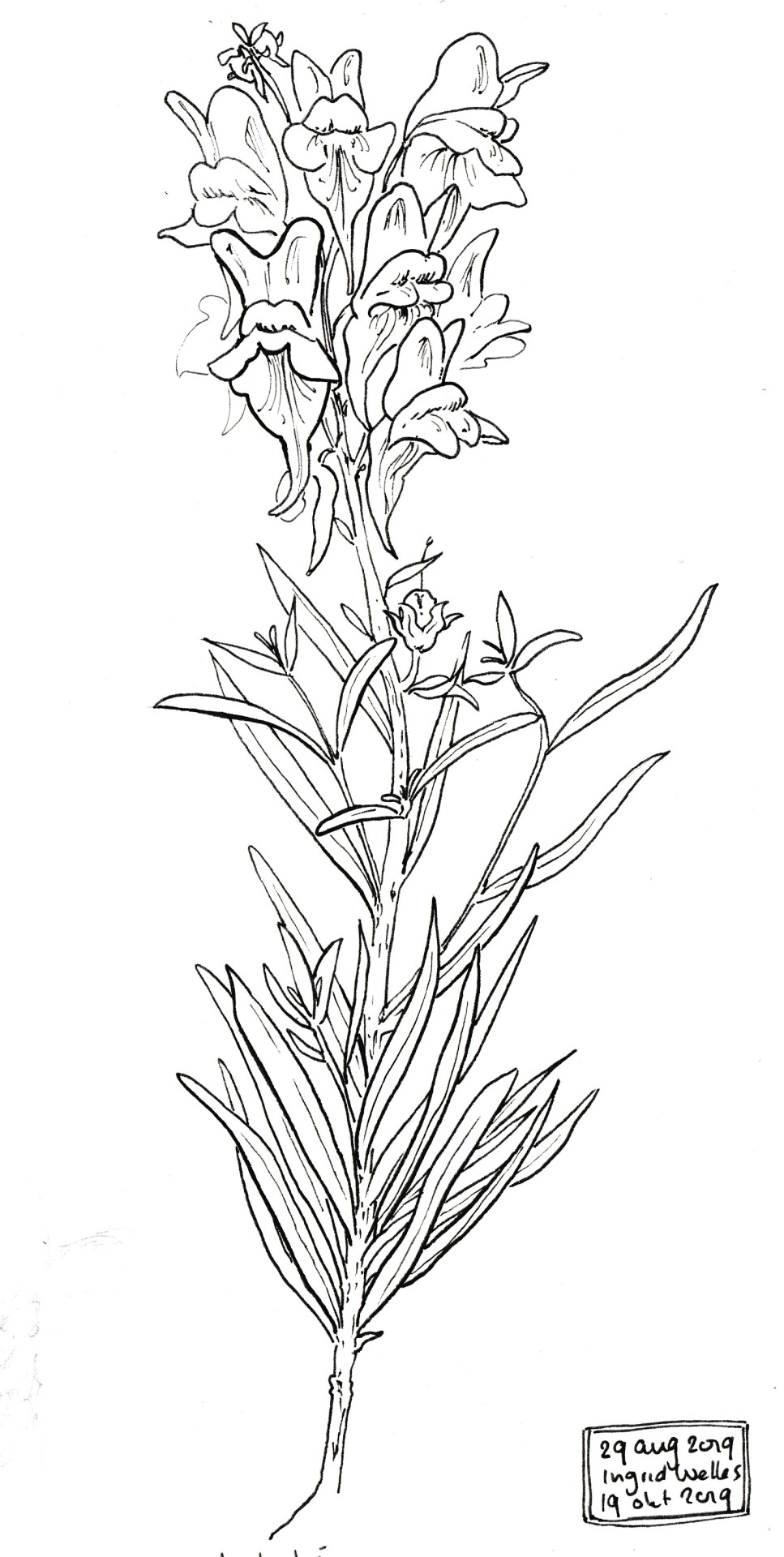

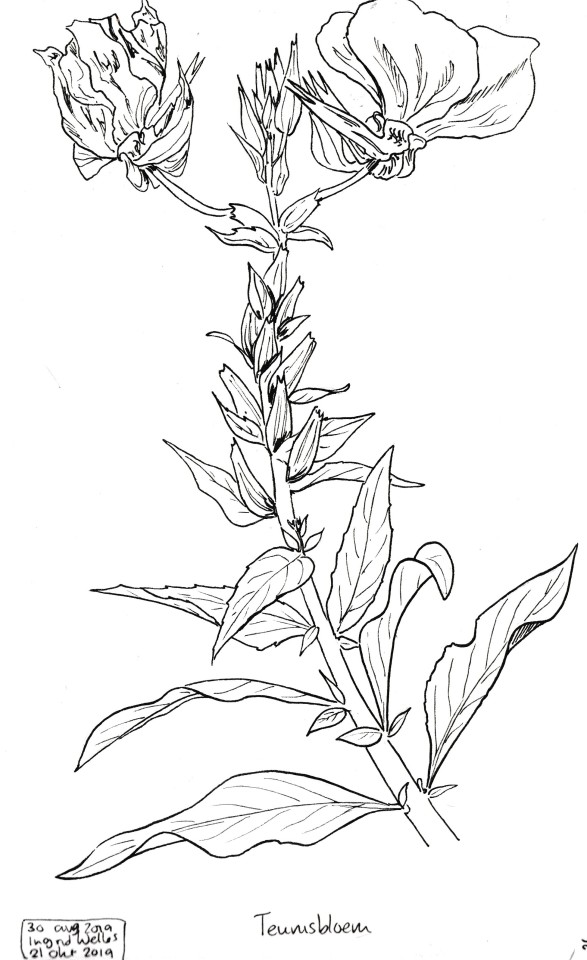
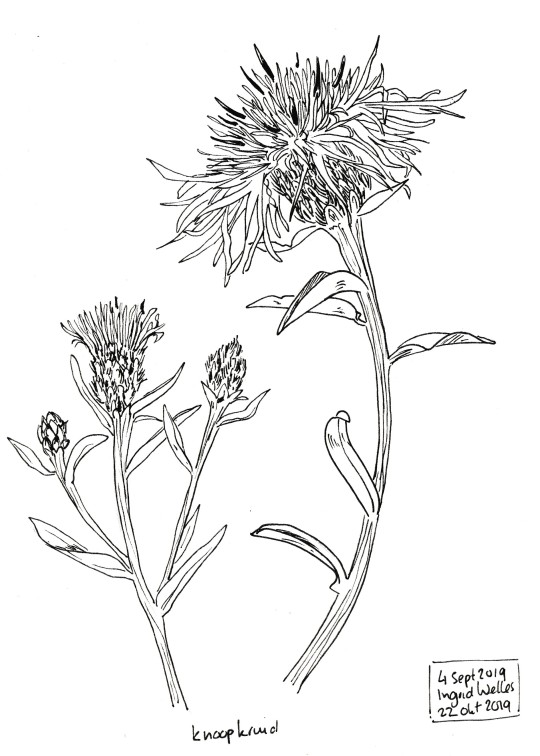
Inktober 19-20-21-22. I enjoyed drawing these. It’s fun to have some detail. I drew: Common toadflax, Water mint, evening primrose and Brown knapweed. It’s already end october and the evening primrose is still flowering every evening. such a curious plant
#inktober2019#Inktober#dutch plants#Dutch nature#water mint#common toadflax#evening primrose#brown knapweed#knoopkruid#teunisbloem#watermunt#vlasbekje
1 note
·
View note
Video
Painted Lady by pete beard
#Common#knapweed#Centaurea#nigra#hwcp#bokeh#Butterfly#canon#lumix#macro#moth#rebel#Ruddy#Darter#(Sympetrum#sanguineum)#Wicked#Weasel#colchester#stock
1 note
·
View note
Text
National Meadows Day
A few images of our Meadow area on 3 July 2021, “National Meadows Day”. Hidden behind that wall of tall grass are some beautiful wildflowers, including Common Spotted Orchids, Greater Knapweed and Bird’s-Foot Trefoil.
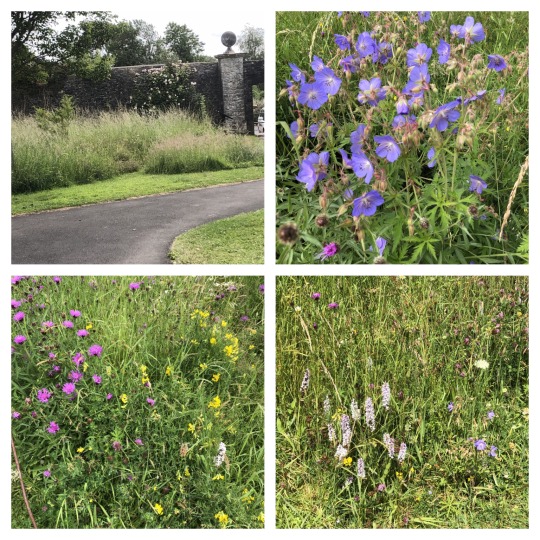
View On WordPress
0 notes
Text
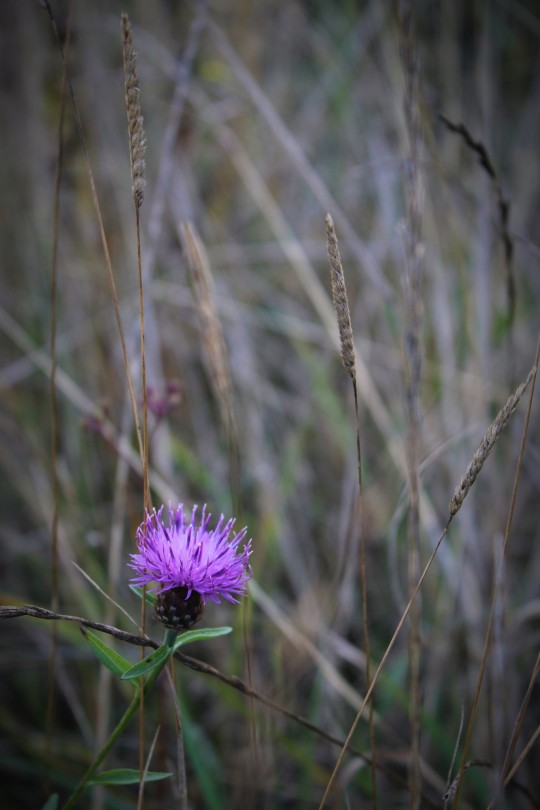
Common Knapweed.
#photographers on tumblr#nature#wildflowers#flowers#autumn#landscapes#original photographers#vertical
17 notes
·
View notes
Text
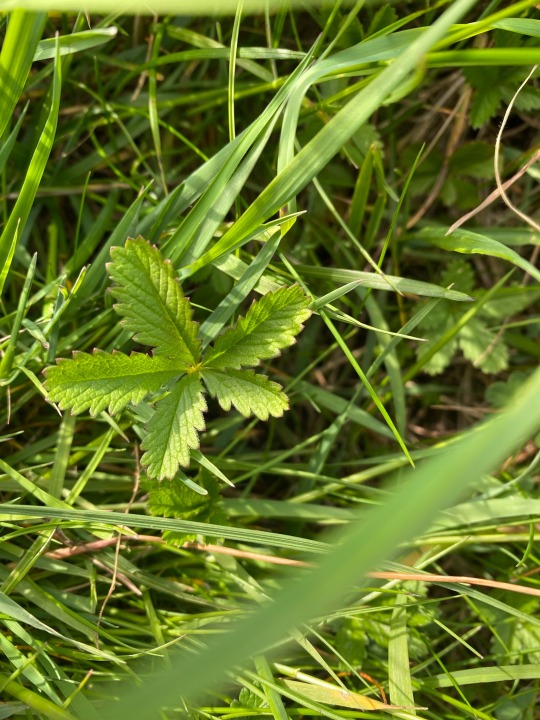
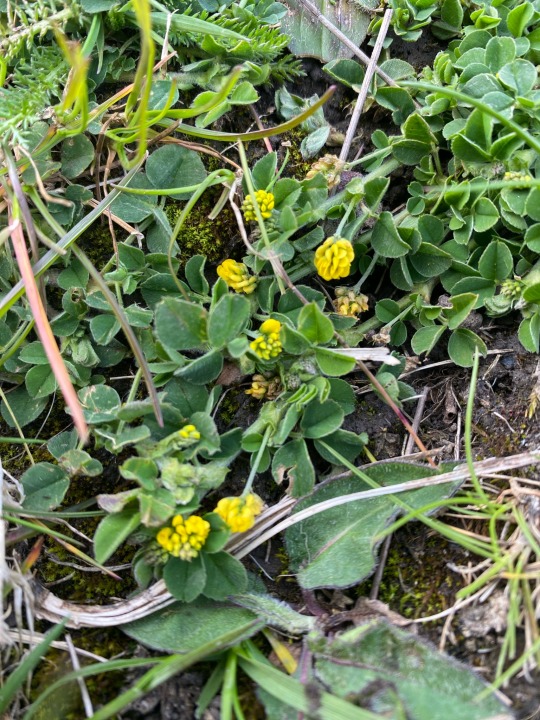

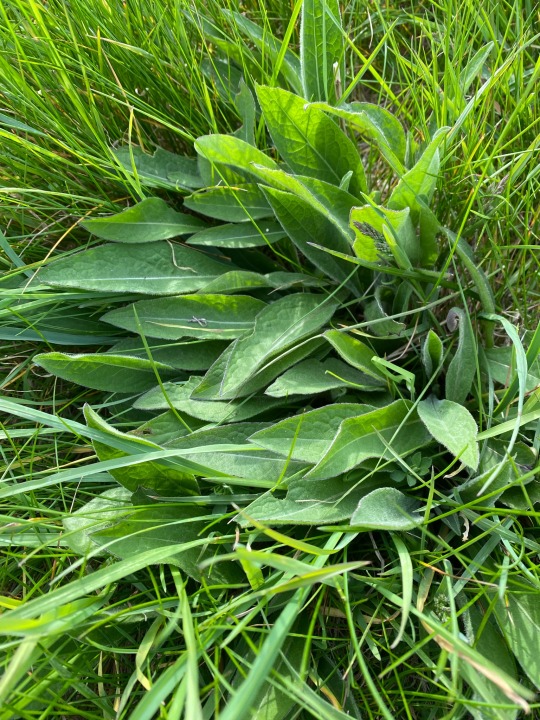


some new photos from field A, my local field! it is a wet species-poor grassland, which i believe is also nutrient poor. i’m not sure about the pH, but i assume it’s quite neutral!
the first photo shows some creeping cinquefoil, a type of plant that thrives in low-quality, nutrient-poor soil. it is a pioneering species similar to the black medick! it has small yellow flowers similar to buttercups from june to september.
i think there’s a multitude of reasons for this plant in particular to be present. the field has a downward slope on both the western and northern sides, which plateaus out toward the southeastern side. the most cinquefoil i saw was on the slopes where the soil would be most free-draining, so it makes sense it would be seen there.
the second photo shows some black medick, a pioneering plant that thrives in well-draining soil. i found this in the same area as the cinquefoil, further indicating the low soil quality and free draining conditions. i say it indicates poor soil quality as the black medick is a pioneer species, meaning that it colonises bare and rough ground to prepare it for less hardy species!
the third photo shows some fairy ring champignon that regularly occurs on the field! this only shows part of the total ring; a range of it was still covered in long grass, so there weren’t as many mushrooms on that side. it benefits from the freshly cut grass. their season is april to november, with the best season for collecting them being late spring! they prefer soil that is sandy, and with lower water / fertility. poorer nutrient levels line up with the other species present on the field, and while the conditions aren’t completely to its preference (this is definitely a wet grassland) it is still able to grow!
the fourth photo shows again some lesser knapweed, a hardy perennial plant that flowers in early summer to as late as september. it is a great contributor for pollination despite being considered an undesirable weed, which is a common theme. it is a generalist that tends to prefer wetter soils. this knapweed can be found throughout the field, both on the banks and across the flatter area as well!
the fifth photo shows a large patch of creeping thistle. this is an area toward the central-northeastern corner of the field that is regularly covered in tall thistles, and grows back whenever it’s cut! it is perennial, and being “creeping” means that its roots literally creep through the soil in order to spread, which allows the creeping thistle to be a competitive coloniser. this is possible due to the plant being dioecious, meaning it has both male and female parts. this of course means that the patch is a clonal colony that self-reproduces, too! it does this in tandem with regular reproduction via pollination. it blooms from june to august. this is another competitive generalist species that can be found in any kind of field, as well as along roadside verges and even growing on driveways!
the last photo wasn’t taken on the field, actually, but on the way back. it shows a dense (and quite tall!) patch of creeping buttercups beside a house! i just thought this was cool. i’m excited to see it flowering, hoping that the owners don’t mow it.
3 notes
·
View notes